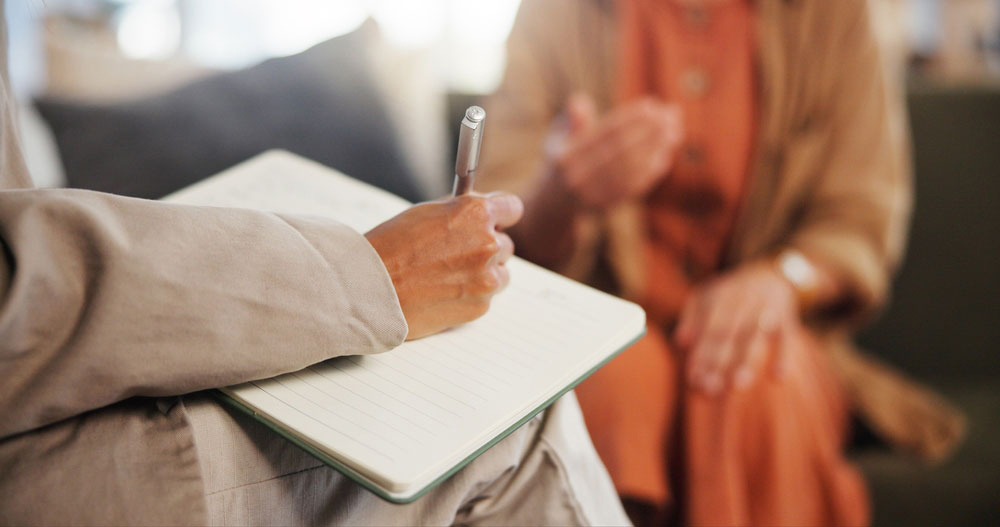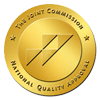Addiction is a complex, cyclical disorder with mental, physical, and spiritual effects. Many women start drinking or using drugs to cope with pain, trauma, or emotional overwhelm. Over time, this short-term escape becomes a self-perpetuating habit that feels impossible to break.
What Is the Addiction Cycle?
The addiction cycle is a repetitive pattern of thoughts, emotions, behaviors, and consequences that reinforce substance use. It typically follows this pattern.
- Trigger or stressor: Something painful or distressing happens – stress, trauma, loneliness, anxiety, or even boredom.
- Craving or urge: Remembering how substances made you feel in the past, your brain will start to crave that release.
- Temporary relief: A short period of emotional or physical relief reinforces your decision to drink or take drugs.
- Negative consequences: Shame, guilt, health issues, strained relationships, or legal trouble follow.
- More pain: These consequences create new emotional pain, which becomes another trigger – and the cycle starts again.
Why Is It So Hard to Get Sober?
Addiction changes brain chemistry, particularly in the areas related to reward, decision-making, and impulse control. Over time, the brain becomes wired to seek substances, even when they cause harm.
Other factors that make it difficult to break the cycle include:
- Unresolved trauma or mental health issues
- Low self-esteem or feelings of unworthiness
- Lack of a support system or safe environment
- Social or cultural pressure to maintain appearances
- Shame and fear of judgment
Many women delay or avoid seeking help because they feel they must hold everything together for others. Additional challenges like caregiving responsibilities, financial dependence, or histories of abuse and neglect can compound your problems.
What It Takes to Break the Cycle
While addiction may feel like a trap, recovery is always possible. Changing your lifestyle requires ongoing commitment, vulnerability, and support.
- Recognizing the pattern: Awareness is crucial. Identifying your triggers, behaviors, and consequences helps you understand what fuels your addiction.
- Seeking help: Professional treatment provides structure, guidance, and accountability. Therapy, medical care, and peer support work together to create a strong foundation.
- Developing coping skills: You must learn healthier ways to manage stress, emotions, and cravings through therapy, journaling, exercise, or mindfulness practices.
- Building a support system: Community matters. Surround yourself with people who understand and uplift you to stay on course.
- Practicing self-compassion: Healing takes time. Letting go of shame and treating yourself with kindness is a vital part of recovery.
- Addressing underlying issues: Trauma, mental health conditions, and dysfunctional relationship patterns often lie beneath addiction. Treating the root causes is necessary for long-term healing.
A Safe Place to Start Over
At The Pearl, we understand how deeply entrenched the addiction cycle can feel – and how courageous it is to change. Our women’s-only addiction treatment center offers a nurturing, judgment-free space where you can explore the patterns holding you back and develop the tools you need to break free. Reach out today to start your transformation.





